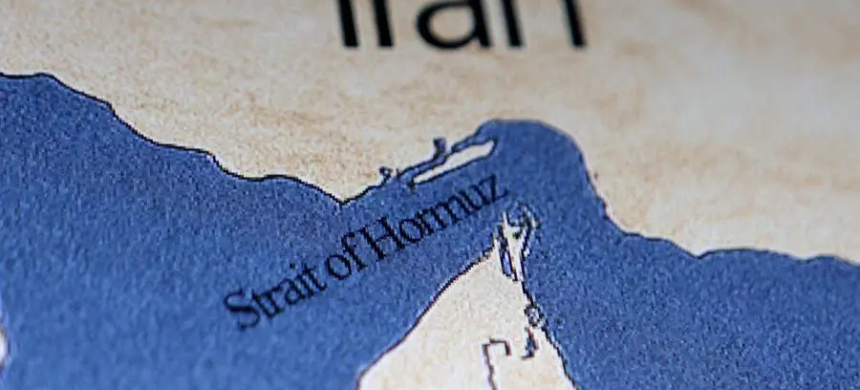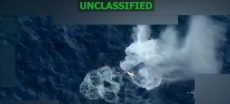Last month, the Iranian military reportedly loaded naval mines onto vessels in the Persian Gulf, raising alarm in Washington over the possibility of Tehran preparing to blockade the Strait of Hormuz following Israel’s strikes on Iranian sites, according to two U.S. officials familiar with classified intelligence.
The preparations, which had not been previously disclosed, were identified by U.S. intelligence sources sometime after Israel’s missile assault on Iran on June 13. Although the mines have not been deployed, their loading signaled to U.S. officials that Iran might have been seriously considering a closure of the Strait—one of the most critical maritime routes for global oil and gas shipments.
Roughly 20 percent of the world’s energy supplies pass through the Strait of Hormuz. Any disruption there could severely impact global commerce and cause a dramatic surge in energy prices. However, global oil prices have dropped by over 10% since the U.S. conducted strikes on Iran’s nuclear infrastructure, largely due to the absence of actual disruption to shipping flows.
Read More: https://theneutral.pk/windows-user-base-shrinks-by-400-million/
On June 22, Iran’s parliament reportedly supported a motion to block the strait following U.S. airstrikes on three major Iranian nuclear facilities. Although non-binding, the move signaled rising tensions, with any final decision resting with Iran’s Supreme National Security Council. Iran has historically issued threats to close the Strait but has never acted on them.
U.S. intelligence did not disclose how it confirmed the loading of the mines, but such operations are typically tracked through satellite surveillance or covert human intelligence. It also remains unclear whether the mines were later removed or remain aboard the Iranian vessels.
Commenting on Iran’s actions, a White House official credited President Biden’s strategy—citing Operation Midnight Hammer, the campaign against Yemen’s Houthi militants, and the administration’s broader pressure tactics—for keeping the Strait open and ensuring freedom of navigation.
While the Pentagon and Iran’s mission to the United Nations did not respond to requests for comment, U.S. officials noted that the move could have been a strategic bluff by Iran to pressure Washington or a precautionary measure in case Tehran’s leadership decided to escalate further.
The Strait of Hormuz, a narrow waterway only 21 miles wide at its tightest point with just 2-mile shipping lanes in each direction, is a vital transit route for crude oil exports from key producers such as Saudi Arabia, the UAE, Kuwait, Iraq, and Qatar. Iran also relies on the passage for its own oil exports, making an actual closure a risky move economically and politically.
Nonetheless, Tehran has long invested in capabilities to block the strait if needed. A 2019 report from the U.S. Defense Intelligence Agency estimated Iran possessed over 5,000 naval mines deployable via small, fast-moving boats.
The U.S. Fifth Fleet, based in Bahrain, is tasked with safeguarding maritime trade in the region. Traditionally equipped with four mine countermeasure (MCM) vessels, the fleet is transitioning to littoral combat ships (LCS) that offer similar anti-mine capabilities. Notably, all MCM vessels were temporarily withdrawn from Bahrain ahead of the U.S. strikes on Iran, anticipating a potential retaliatory attack on the fleet’s headquarters.
Iran’s immediate response to the U.S. operation was limited to a missile attack on an American military base in Qatar. However, U.S. officials caution that further Iranian retaliation remains a possibility.











